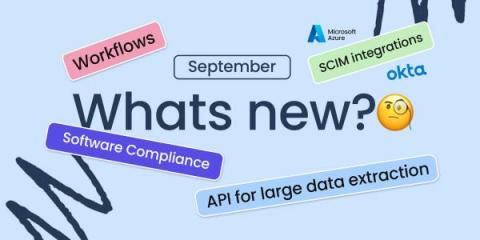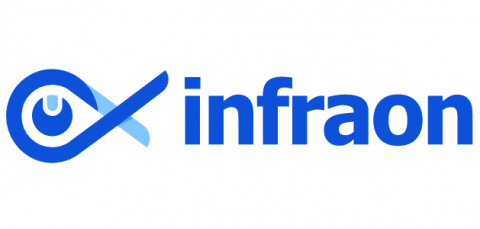AI in field service: Using technology in the service of people
When customers need field service, the stakes are high, whether they’re getting started with a new product or service or something crucial to their business needs repair. These make-or-break moments influence customers’ long-term perception of your brand. Yet they're often complicated by internal system disconnects that require significant manual intervention.









